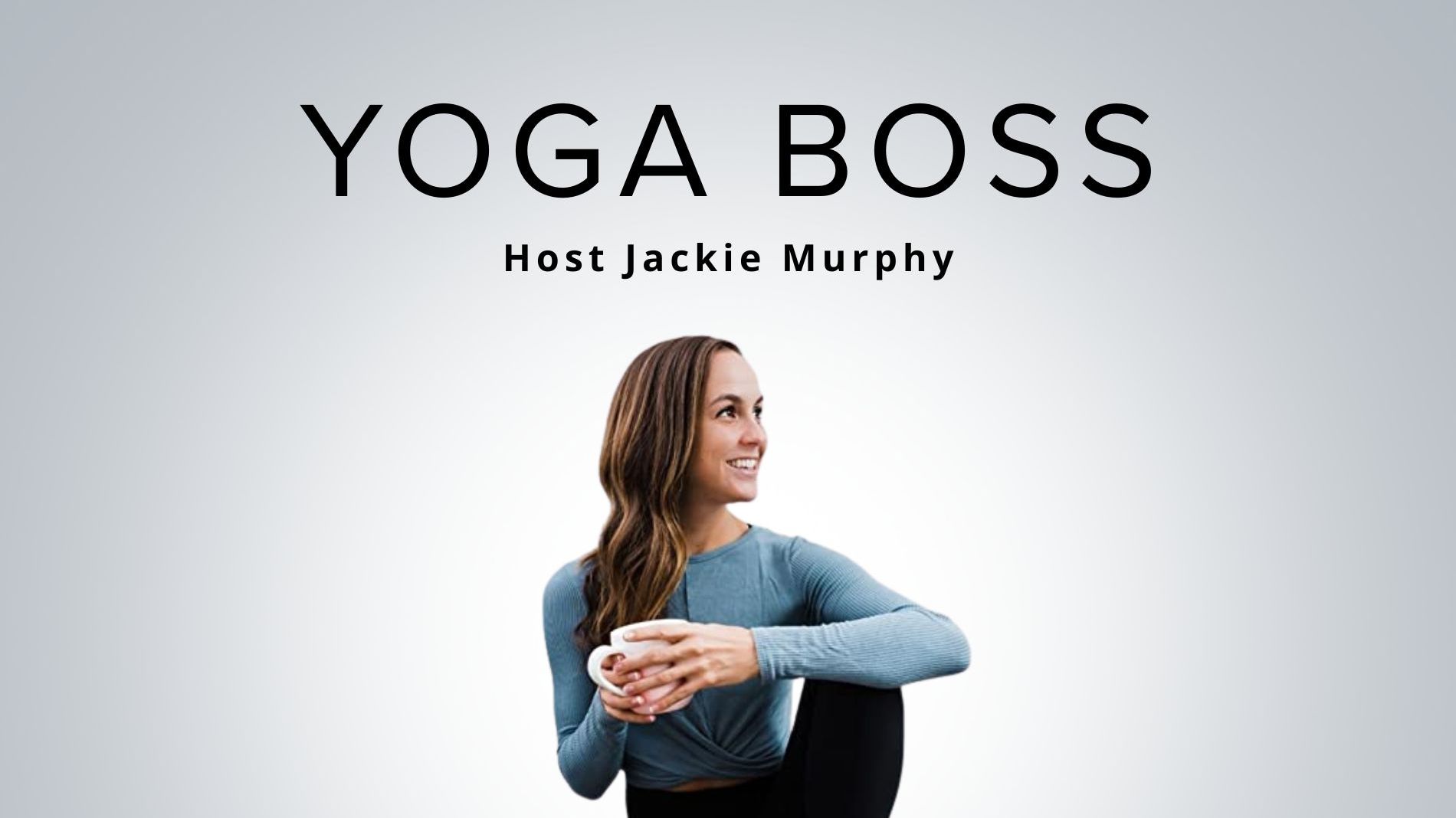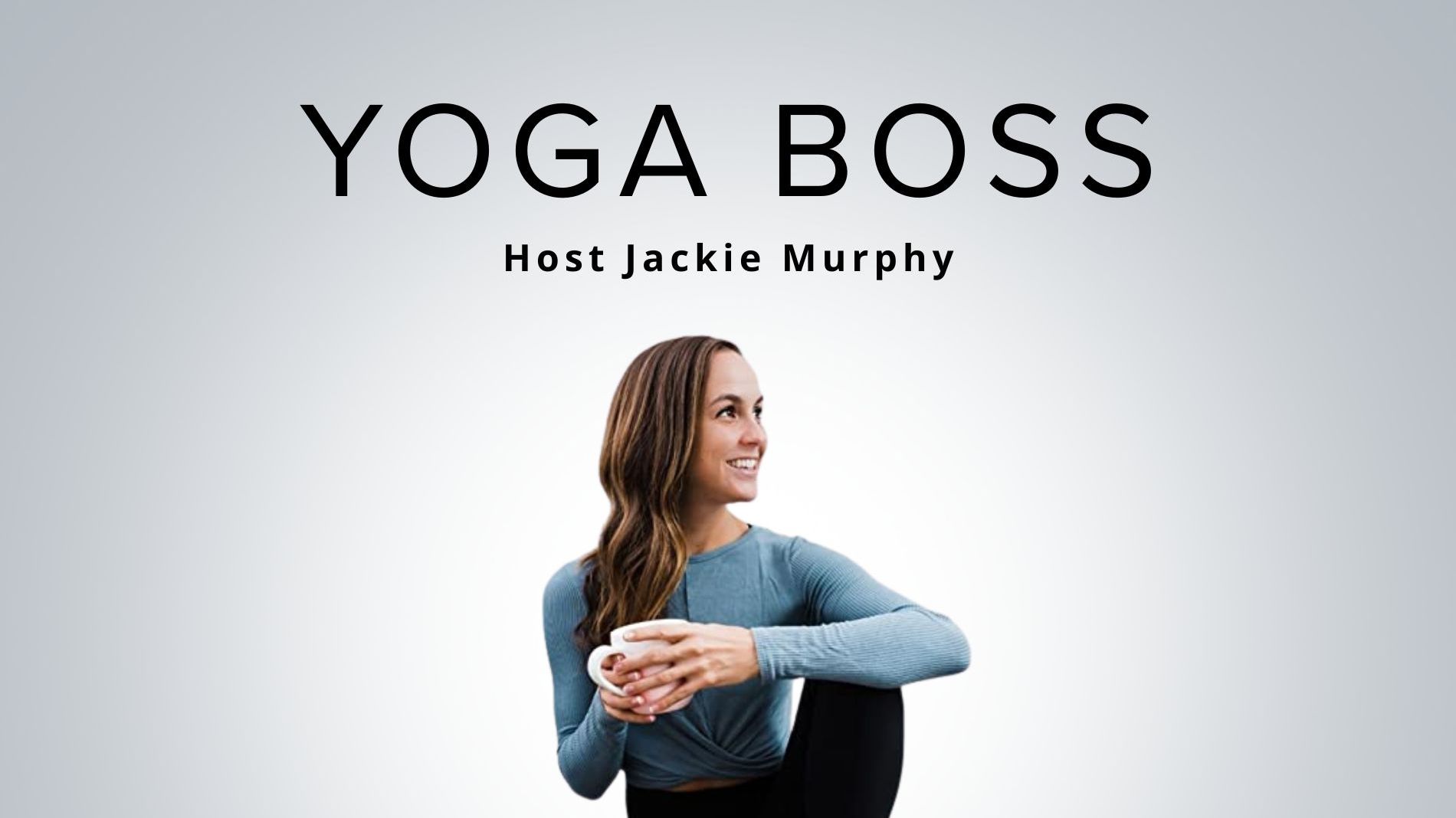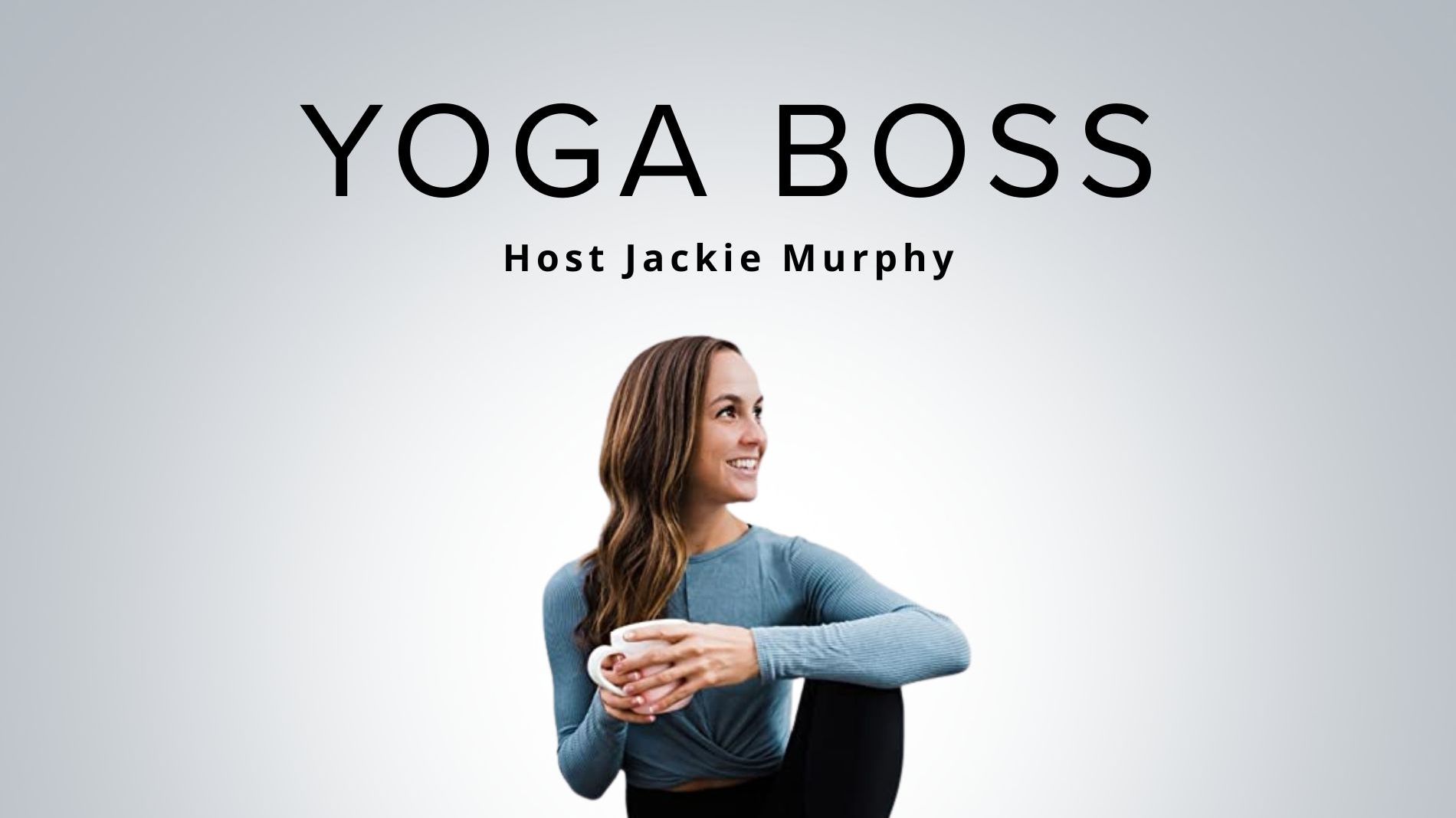From the Yoga Boss Vault: Overcoming Imposter Syndrome

The Real Reason You Feel Like an Imposter (and How to Change It)
Several years ago, I had just gotten engaged, my business was thriving, and I’d hit every milestone I used to write in journals years ago: six figures, travel freedom, deep love.
And yet, mid-conversation with friends, a tiny thought whispered: “What if they find out I’m not as put-together as they think?”
That’s imposter syndrome.
What Imposter Syndrome Really Is
It’s the fear of being exposed as a fraud—even when logic says you’ve earned every bit of your success. It’s when you attribute achievements to luck, timing, or appearance instead of your effort, talent, and persistence.
For yoga teachers and studio owners, it sounds like:
“I only sold out because it’s a good time slot.”
“They just like my playlist.”
“I can’t charge that much—I’m not experienced enough.”
Why Our Brains Do This
Our primitive brain is wired for survival, not success. It scans for danger—and in modern life, “danger” looks like rejection, criticism, or failure. So when we succeed, the limbic system still goes hunting for threats. It compares, judges, and doubts because that’s how it thinks it’s keeping us safe.
But here’s the truth: safety and growth don’t coexist. If you’re expanding, your brain will resist it.
Recognizing the Signs
-
You downplay compliments instead of accepting them.
-
You credit others—or luck—for your wins.
-
You delay action until you feel “ready” or “qualified.”
-
You pursue one more certification, hoping that will finally quiet the voice.
Sound familiar?
Step One: Awareness
Meditation helps. Picture yourself sitting on a riverbank watching thoughts float by on little boats. You don’t chase them or sink them—you just notice. “There’s the thought that I’m not smart enough.” “There’s the one that says everyone else knows more.”
Awareness gives distance. Distance gives perspective.
Step Two: The Thought Ladder
Developed by Brooke Castillo, the Thought Ladder helps you move from a disempowering belief to an empowering one through incremental, believable steps.
Bottom Rung: “I’m not smart enough.”
Top Rung: “I have so much knowledge to give.”
You don’t leap from bottom to top. You climb. Try thoughts like:
-
“I have knowledge from my training.”
-
“I’m learning to feel confident when I teach.”
-
“I’m capable of growing into a more skilled instructor.”
Check which thought settles deeper in your body—if it feels grounded, it’s believable enough to use.
Then practice it daily. Set reminders on your phone. Collect evidence for it. Over time, those neutral thoughts build a new identity: one rooted in truth, not fear.
Step Three: Ownership
When your mind says, “I only succeeded because …,” pause and rewrite the story.
You didn’t “just get lucky.” You showed up when others quit. You invested when it was uncomfortable. You kept your promise to yourself.
Owning your accomplishments isn’t arrogance—it’s stewardship. What you believe about yourself determines how you show up for your students, clients, and team.
The Bigger Picture
Imposter syndrome isn’t a flaw to fix. It’s a signal that you’re stretching beyond what’s comfortable. Every next level of leadership invites a new layer of doubt—and that’s okay.
As you build your business, teach your classes, or launch new offers, let the voice be there without letting it lead. You can be a human who sometimes doubts herself and a CEO who acts with confidence.
Your Next Step
Write down one thought you’re ready to retire—maybe “I’m not ready,” or “I’m not enough.”
Then choose one believable replacement and climb.
The world doesn’t need a perfect teacher. It needs a grounded, authentic one who believes she belongs in the room.
CTA:
Listen to the full episode on The Studio CEO Podcast for the guided walk-through of the Thought Ladder and how to apply it today.
Work with Jackie Murphy:
Access the Free Marketing Masterclass
Send us a DM: @Studioceoofficial
Learn about The Studio CEO Program






